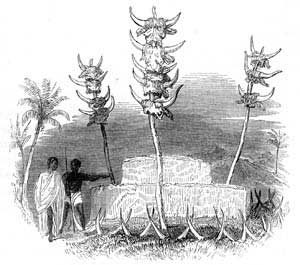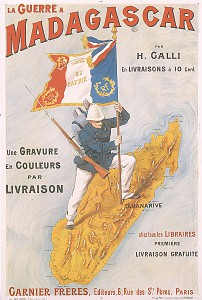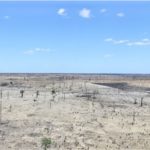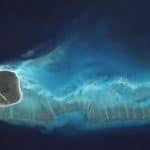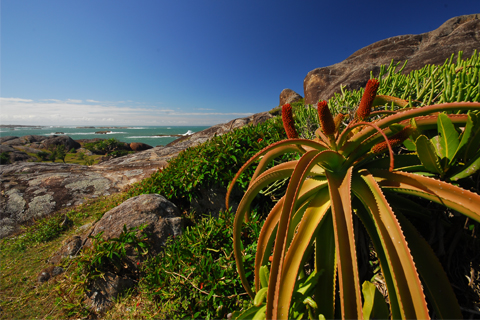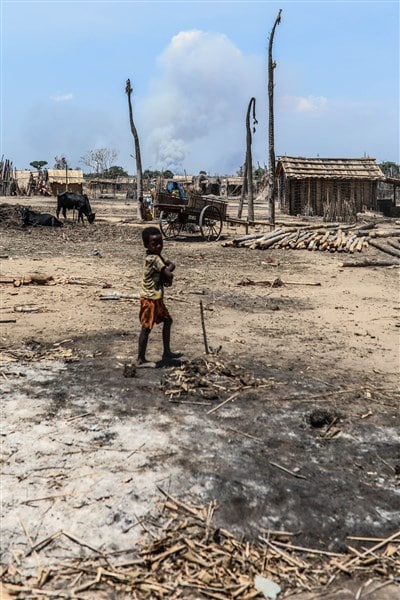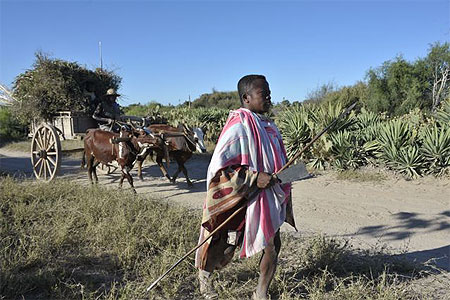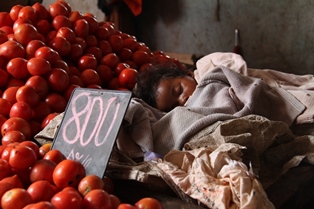The fascinating mixed culture in the Indian Ocean
The first signs of at least occasional or sporadic human existence on Madagascar are knife marks on the 2,600-year-old bones of an extinct giant lemur. Shortly before and after the turn of time, with great probability from seafaring peoples from Indonesia and Melanesia came to Madagascar. Despite the huge distance, people in these parts of the world already had sufficient techniques of boat building and extensive knowledge of navigation. The mysterious Vazimba, who are considered the oldest of the ancestral and are considered sacred, are said to have been the first Malagasy. They are said to have been dark-skinned and short in stature. Some Malagasy, such as the Mikea living at Lac Ihotry, claim to be descendants of the Vazimba. The Vazimba, however, seem to have changed with the centuries, through later new settlers from Indonesia and Africa, to have been driven on the defensive, to retreat to remote areas, and finally to oblivion.
Since already in the 7th century A.D. there was a lively slave trade on Madagascar through the Arabs, it is considered certain that they brought at least part of the African heritage of the Madagascans into the country. But in the course of time, Africans must also have come to Madagascar by sea "of their own free will", where they became part of the fascinating mixed culture of the red island contributed to the development of the region. The Sakalava, with their great similarity to the Swahili of the African east coast, and the cattle-raising Bara, whose cultural fixation on zebu cattle is clear evidence of an origin from the African Bantu. By the 15th century at the latest, all of Madagascar's tribes still alive today - 18 in number - had established their independent kingdoms on Madagascar. The following long epoch of incessant wars among themselves, is described in the History of Madagascar explained in more detail.
Madagascar in colonial times
After the numerically largest crowd of people, the Indonesian-born Merina of the highlands, succeeded in subjugating all other peoples at the beginning of the 19th century, it became the hegemonic power. There followed a turbulent period of several kings and queens, at the end of which the Annexation as a French colony in 1895 stand. The Colonial period in Madagascar was above all a time of great suffering for the indigenous population. Today, 18 tribes still live in Madagascar, some of them "hybrids", since the Madagascans are for the most part no self-contained societies form. Since the regional affiliation of the people to their former tribal area has long ceased to be valid, we find members practically at all focal points of Madagascar various ethnicities.
Colonization had already abolished the caste system of the Merina, or Merinian nobility, the Hova, and their slavery. The French colonial rulers now took its place. With the Independence of Madagascar in 1960 could ultimately all old Class and racial barriers abolished be. Apart from a generally widespread and probably historically justified antipathy of the "highlanders" and the "coastal dwellers". The different peoples of Madagascar cultivate their very different cultural heritage with great passion. For this reason, there still exist today a multitude of cults, rites and customs. Since we find not only Muslim-derived tribes but also those with animistic roots, the overall result is an incredibly rich and colorful spectrum of customs and lived tradition.

